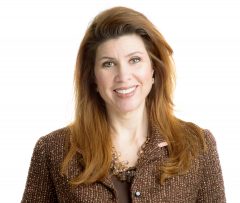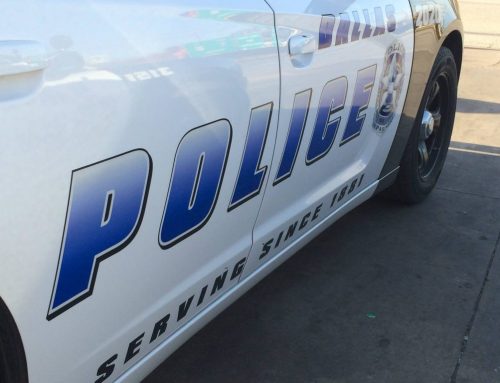There have been signs and portents over the last few months, both subtle and substantial, suggesting that the vision for Dallas’ future, as well as those who will forecast it, is changing. The vision is evolving from one focused primarily on mega-projects to one focused on sustainability, livability and thriving neighborhoods. The visionaries are no longer a small, exclusive group of businessmen speaking in a single, unified voice, but are now a mosaic of diverse, grassroots leaders buttressed, surprisingly, by some of the braver souls within the business community.
The first omen portending this sea change was wrapped in an unlikely package: the glossy pages of the fanciest of Dallas’ fancy magazines, D Magazine. Sandwiched between photos of socialites and mega-mansions, exceptional and compelling journalism is regularly published by D Magazine. The May 2014 issue went one step further. Devoted exclusively to smart transportation planning in our city, the magazine proposed a highly progressive, visionary plan to eliminate many of Dallas’ downtown freeways in favor of boulevards, and offered other forward-thinking transit ideas. Only seven years before, the magazine had devoted an issue to the beauty and necessity of the Trinity Toll Road. Yet this May, its editor at large, Tim Rogers, wrote a sharp, pull-no-punches retraction of the magazine’s support. Change was in the air.
I had visited with D Magazine’s publisher, Wick Alison, a month before the issue hit the stands. Dapper and patrician, Alison is, to me, a bellwether for the city’s business leaders and power brokers. Alison told me that in reconsidering his support for the Trinity Toll Road, he had educated himself on urban transportation planning, which included talking with local grassroots planners like Patrick Kennedy and Jason Roberts. He became convinced that Dallas’ fetish for superhighways in our city center would lead to downtown’s unraveling, and that mending the concrete scars of the past through boulevarding and burying our central freeways was the only smart option for the future.
Alison’s decision to boldly profess an alternative point of view is not inconsequential. Dallas’ business community is a strict fraternity. Though much more diverse and splintered than it was 50 years ago, it continues to value the presentation of a united front. Dissention is punished both professionally and politically. Yet here was Wick Alison, moving upstream, arguing passionately for ideas that, as yet, were within the exclusive province of community activists, neighborhood advocates and urban transportation planners.
It was the first breech in the wall and a sign of things to come. Bob Meckfessel and Larry Good, both prominent and successful Dallas architects and former presidents of the Dallas chapter of the American Institute of Architects, penned thoughtful opinion editorials in The Dallas Morning News against the Trinity Toll Road and in favor of smarter, 21st century transit models. In June, Ralph Hawkins, chair of HKS Architects and incoming chair of the Dallas Regional Chamber, and Don Williams, former CEO of Trammell Crow, met with The Dallas Morning News editorial board and presented an exciting concept for a trio of grand boulevards connecting Fair Park to the Trinity Park via Elm, Main and Commerce. They also opposed the construction of the Trinity Toll Road.
It would be a mistake if the only take-away here was that some of Dallas’ business leaders are beginning to turn against the Trinity Toll Road or voice progressive transportation ideas. The larger point is much more exciting and profound: A small cabal of Dallas’ business elite is no longer the exclusive oracle divining our city’s future. Now neighborhood leaders and progressive urban planners, in collaboration with forward-thinking members of the business community, are beginning to set the agenda, heralding a new vision for our city.
It’s an exciting time to live in Dallas. Change is afoot.






